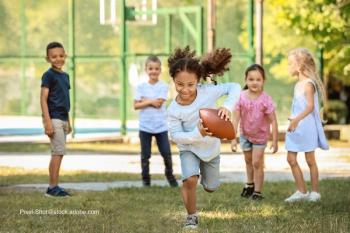
A recent study suggests that positive childhood experiences may counter the damaging effects of adverse experiences.

A recent study suggests that positive childhood experiences may counter the damaging effects of adverse experiences.

A recent study suggests that positive childhood experiences may counter the damaging effects of adverse experiences.

A recent study suggests that positive childhood experiences may counter the damaging effects of adverse experiences.

A recent study suggests that positive childhood experiences may counter the damaging effects of adverse experiences.

A recent study suggests that positive childhood experiences may counter the damaging effects of adverse experiences.

A recent study suggests that positive childhood experiences may counter the damaging effects of adverse experiences.

A recent study suggests that positive childhood experiences may counter the damaging effects of adverse experiences.

A recent study suggests that positive childhood experiences may counter the damaging effects of adverse experiences.
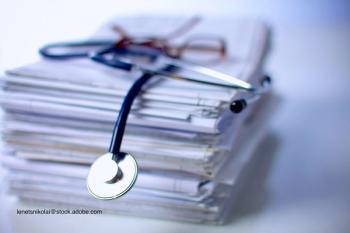
Pediatric educational and policy conferences are always special, providing opportunities to update knowledge and practice skills; introduce new practice guidelines with rationales for evidence-based changes; present the most recent research findings that have the potential to improve practice and healthcare outcomes; and unequalled opportunities for networking.
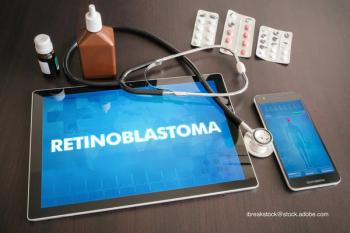
This month’s spotlight is Pediatric Oncology as Contemporary Pediatrics sits down exclusively with pediatric oncologist Lisa Diller, MD, vice chair, Clinical Affairs, and medical director, Clinical Cancer and Blood Disorders Service Line, Dana-Farber Cancer Institute, Boston, Massachusetts, to discuss the one key condition for which she believes community pediatricians should be especially aware-retinoblastoma.
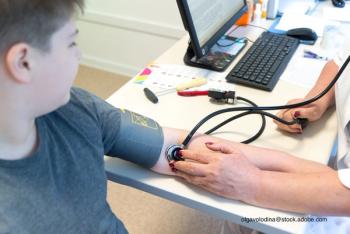
A European study reveals that obesity criteria used by the American Academy of Pediatrics to diagnose pediatric hypertension helps identify more children at risk of cardiovascular disease.
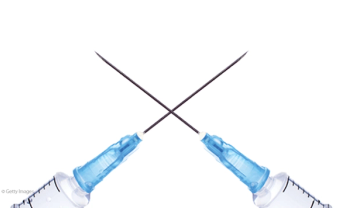
To address the different fears motivating vaccine-hesitant parents versus antivaccine parents, one must understand the historical resistance to vaccination.

When considering a diagnosis of attention-deficit/hyperactivity disorder (ADHD), it's important for the clinician to keep an eye out for symptoms of hyperactivity. Here are 6 key symptoms to aid in diagnosis.
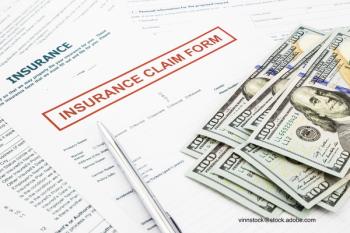
Understanding which insurance payment denials are valid and which are inappropriate is the first step to practices successfully getting paid for services rendered.
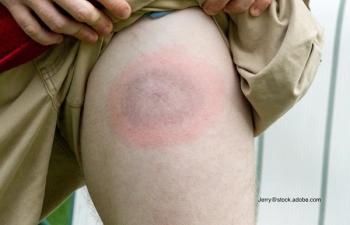
The guidelines for diagnosing and treating Lyme disease may soon be changing, although pediatricians aren't expected to readily adopt all the recommendations.
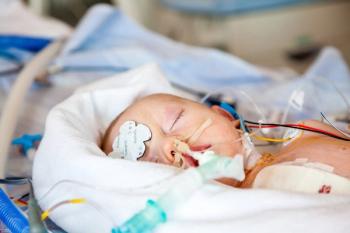
Children who undergo cardiac surgery for congenital heart disease are at increased risk for both long-term end stage kidney disease (ESKD) and mortality, according to a new study in the Clinical Journal of American Society of Nephrology.
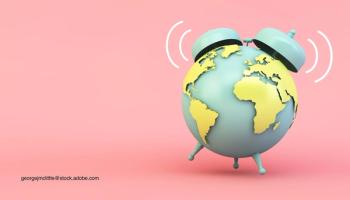
Children are more physiologically and developmentally vulnerable to health problems created by climate change.
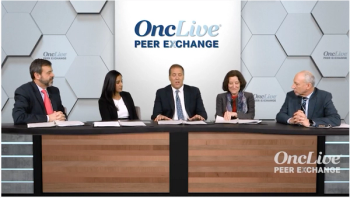
Summary about Video Series about Lorem Ipsum Videos

The pediatric medical home is the perfect place for early diagnosis of children who may have autism spectrum disorder.
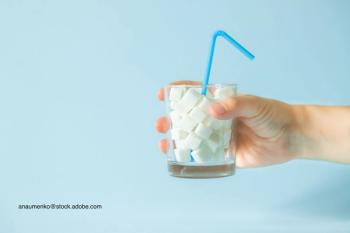
A new study in the Journal of the Academy of Nutrition and Dietetics shows that 98% of toddlers and two-thirds of infants consume added sugars in their diets each day.
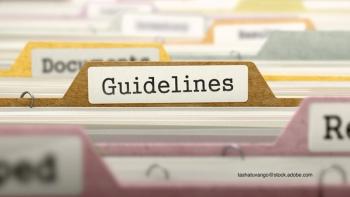
Children with ADHD often face other psychological or behavioral issues, and a new update to the clinical practice guidelines for the condition address how to manage them.
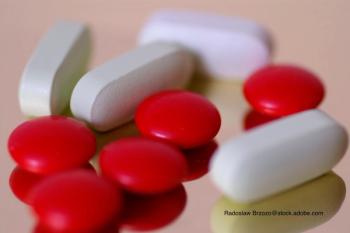
For years, researchers have raised concerns about acetaminophen use during pregnancy, now a new study that used cord blood to measure acetaminophen levels at birth links the commonly used medication to later ADHD and autism diagnoses.

Patients with diabetes have an increased risk of developing depression. A new study in Pediatric Diabetes, however, takes this one step further, suggesting that depressive symptoms among youths with diabetes varies by diabetes type.
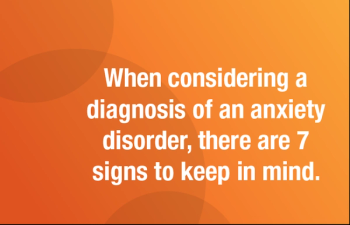
Affecting between 15% to 20% of children and adolescents, anxiety disorders are the most prevalent psychiatric condition in pediatrics. The impact can be significant with difficulties in social and academic functioning as well as increased risk for other mental health concerns. However, it can be difficult for a clinician to differentiate between anxiety and an anxiety disorder. Here are 7 signs to help make the diagnosis.

A healthy 15-year-old girl presents for evaluation of itchy, painful bumps on her toes that developed 3 weeks earlier. The bumps become more numerous and bothersome when she is outdoors sledding and skiing. What's the diagnosis?

A new nationwide program helps primary care providers (PCPs) with mental health training to better address routine psychosocial issues in children and their families.
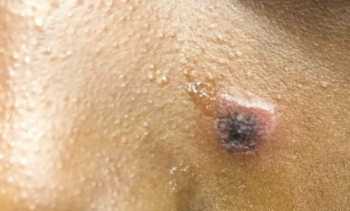
A healthy 10-year-old male presents for evaluation with a 3-year history of an asymptomatic and progressive, mildly pruritic rash over his head and trunk. The first lesion appeared on his back 3 years ago, and numerous other lesions developed insidiously afterward. The patient’s father states that the lesions fade during the winter and become more prominent during the summer. Failed treatment included hydrocortisone. What's the diagnosis?

E-cigarette use continues to be popular among middle and high school children, according to a new study published in JAMA. Flavored e-cigarettes are popular among them as well.

As state policies regarding vaccination for children entering kindergarten eliminate exemptions for personal beliefs, parents turn to claiming exemptions on religious grounds.

Using antibiotics for extended periods in preterm infants can have long-term damaging effects to their gut microbiota, according to a recent study.